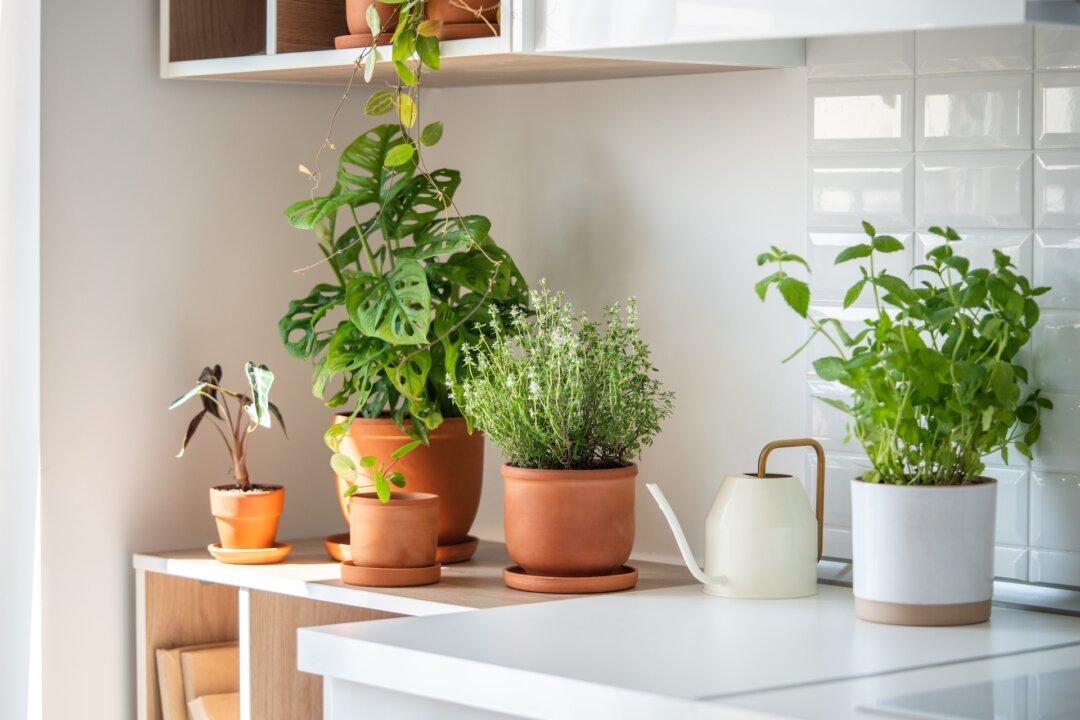Whether it’s called herbal folk remedies, botanicals, or phytomedicine, plant-based healing has a long and venerable history. Some names may seem familiar, such as echinacea, feverfew, chamomile, and ginger—all of which can be found as tea leaves in most supermarkets or health food stores, particularly as flu season approaches.
These herbs grow well indoors, and there’s no substitute for vibrant, fresh harvests from plants that weren’t sprayed with pesticides. These and the following plants are all easy to grow from seed—or rhizome, in the case of ginger and its healthy cousin, turmeric.





